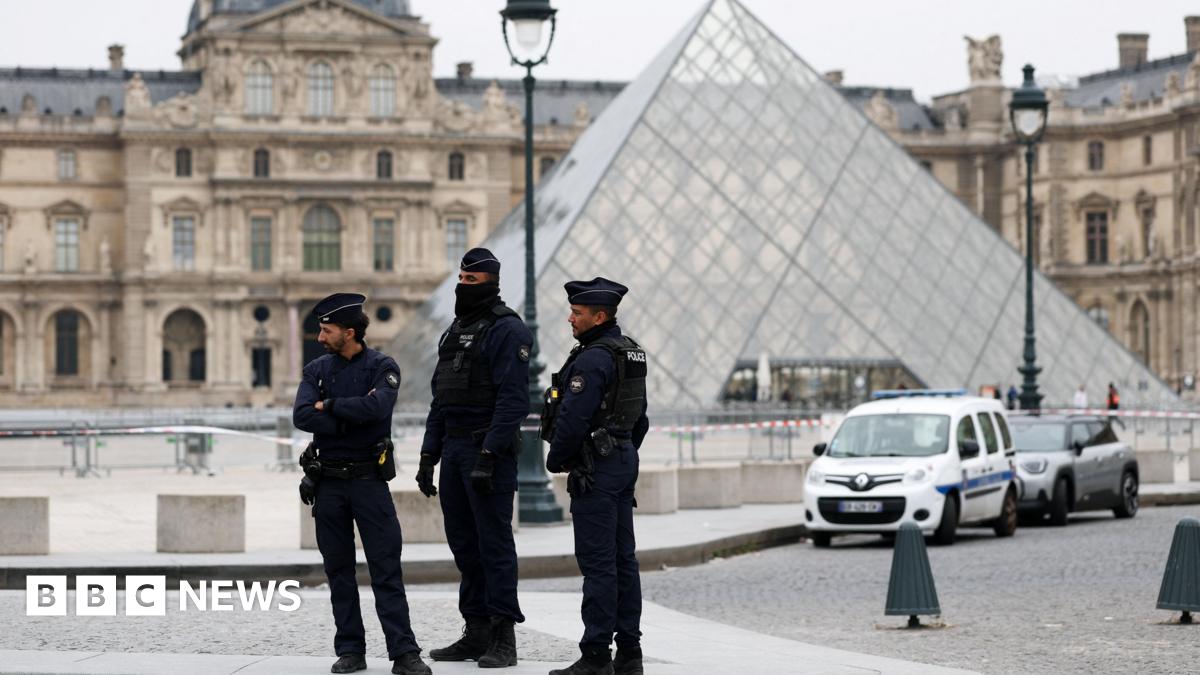Navigation
Install the app
How to install the app on iOS
Follow along with the video below to see how to install our site as a web app on your home screen.
Note: This feature may not be available in some browsers.
More options
You are using an out of date browser. It may not display this or other websites correctly.
You should upgrade or use an alternative browser.
You should upgrade or use an alternative browser.
Whats going on in the World
- Thread starter cany
- Start date
Nothing new, the link below is probably the most famous example of inaction by citizens. This came to be known as the Genovese syndrome.
Genovese syndrome is another name for the bystander effect, a social psychological phenomenon where individuals are less likely to intervene in an emergency situation when other people are present.This is because the presence of other witnesses diffuses personal responsibility, leading each person to assume someone else will take action. The term was coined in response to the 1964 murder of Kitty Genovese, where numerous witnesses reportedly failed to help or call the police.
Key aspects of the bystander effect (Genovese syndrome)
- Diffusion of responsibility:
As the number of bystanders increases, the likelihood of any single individual intervening decreases, as each person feels less personal accountability for taking action.
- Pluralistic ignorance:
In an ambiguous situation, individuals may look to others for cues on how to behave. If no one else is reacting, they may conclude that the situation is not an emergency, even if they privately feel it is.
- Evaluation apprehension:
People may be hesitant to act for fear of being judged or making a fool of themselves in front of the group.
- Real-world implications:
The Genovese case spurred significant psychological research, leading to the conclusion that a group of passive witnesses is not necessarily a sign of collective apathy but a product of social dynamics.
- Historical context:
The Genovese murder occurred before the creation of the 911 emergency system, which likely contributed to delays in help, although the core principles of the bystander effect remain relevant.
- Pluralistic ignorance:

Murder of Kitty Genovese - Wikipedia
Rick67
Well-Known Angler
Aka Democrat Socialist.Nothing new, the link below is probably the most famous example of inaction by citizens. This came to be known as the Genovese syndrome.
Genovese syndrome is another name for the bystander effect, a social psychological phenomenon where individuals are less likely to intervene in an emergency situation when other people are present.This is because the presence of other witnesses diffuses personal responsibility, leading each person to assume someone else will take action. The term was coined in response to the 1964 murder of Kitty Genovese, where numerous witnesses reportedly failed to help or call the police.
Key aspects of the bystander effect (Genovese syndrome)
- Diffusion of responsibility:
As the number of bystanders increases, the likelihood of any single individual intervening decreases, as each person feels less personal accountability for taking action.
- Pluralistic ignorance:
In an ambiguous situation, individuals may look to others for cues on how to behave. If no one else is reacting, they may conclude that the situation is not an emergency, even if they privately feel it is.- Evaluation apprehension:
People may be hesitant to act for fear of being judged or making a fool of themselves in front of the group.- Real-world implications:
The Genovese case spurred significant psychological research, leading to the conclusion that a group of passive witnesses is not necessarily a sign of collective apathy but a product of social dynamics.- Historical context:
The Genovese murder occurred before the creation of the 911 emergency system, which likely contributed to delays in help, although the core principles of the bystander effect remain relevant.

Murder of Kitty Genovese - Wikipedia
en.wikipedia.org
The guy was off the train and they left her to die. Threat was gone. It is purely a culture problem or social dynamic as you quoted above.
dsedy
Well-Known Angler
did they pay you to attend?attending a rally
Thieves steal jewels of 'incalculable' value in seven-minute heist at Louvre museum in Paris

Thieves steal jewels of 'incalculable' value in seven-minute heist at Louvre museum in Paris
France's Culture Minister Rachida Dati said the incident happened as the museum opened this morning.

Peconic Star Fleet in surprise talks to return to Greenport after shutdown - The Suffolk Times
Peconic Star Fleet in surprise talks to return to the Railroad Dock in Greenport after squabble over licenses with the village.
wader
Well-Known Angler
dsedy
Well-Known Angler
"Coup d'Flat": Billionaire-Funded 'No Kings' Color-Revolution Turns Into White Liberal Boomer Parade As Dems Become National Laughingstock | ZeroHedge
ZeroHedge - On a long enough timeline, the survival rate for everyone drops to zero
dsedy
Well-Known Angler
of course..........
.
longcast
Well-Known Angler
longcast
Well-Known Angler
Easy to follow the money!
dsedy
Well-Known Angler
who's the one in the middle with the tinfoil ??? (sarc/) never mind
CELLFISH
Well-Known Angler
looks as if they are on crack, all of em… cell…
Latest articles
-
Recreational Anglers Deserve an ApologyI've Been Saying This All Along: Recreational Anglers Deserve an Apology The data is finally in...
- george
- Updated:
- 6 min read
-
Abu Garcia's Beast SeriesAbu Garcia's Beast Series: Revolutionary Equipment for the Modern Swimbait Revolution October...
- george
- Updated:
- 6 min read
-
World's Lightest Spinning ReelGame-Changer or Gimmick? The Daiwa LUVIAS ST Claims to Be the World's Lightest Spinning Reel An...
- george
- Updated:
- 4 min read
-
New York Fluked Itself!Fluke Management in 2025: Regulators Got It Wrong Halfway through this season New York anglers...
- george
- Updated:
- 2 min read
-
Hunting Stripers and Blues from Rockaway Beach to Moriches InletThe Western Run: Hunting Stripers and Blues from Rockaway Beach to Moriches Inlet By: A Die-Hard...
- george
- Updated:
- 10 min read
